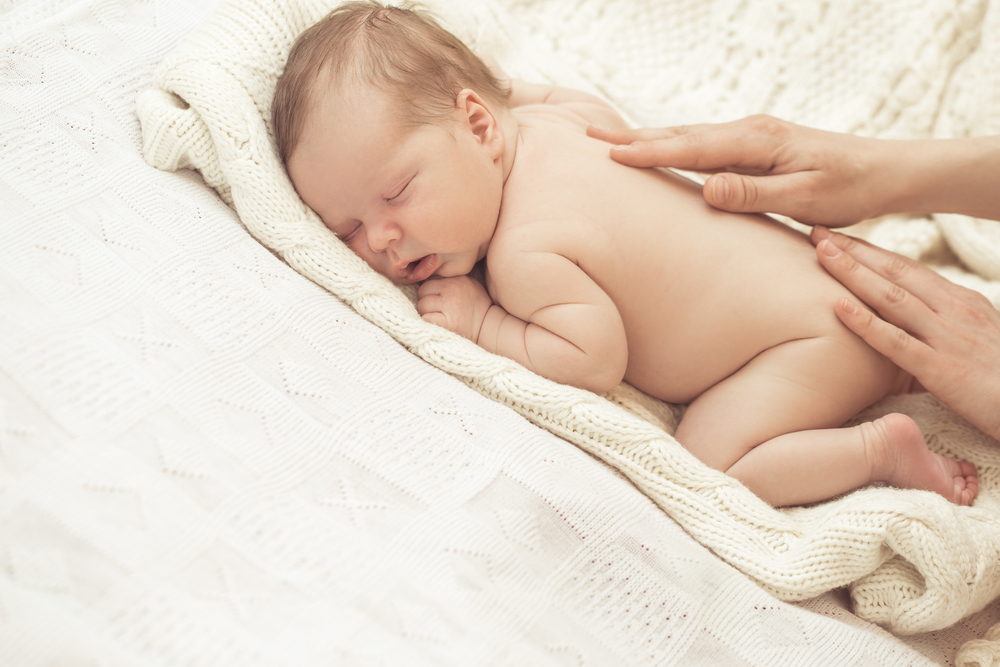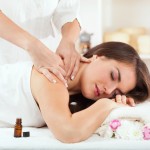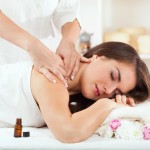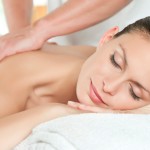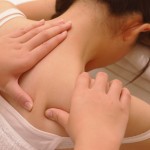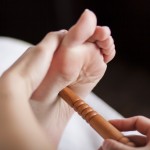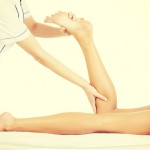The first of all human senses to develop is touch, ensuring it’s nothing short of essential for the health and well-being of all of us. Indeed, it’s believed a baby might fail to thrive without a decent amount of physical contact. And children, should they learn and get used to healthy, normal forms of touch thanks to positive tactile experience from their parents, will be more likely to grow up with high self-esteem and an appreciation of appropriate boundaries, as well as experience intimate relationships that are long-lasting.
One of the ways to ensure babies and children develop a healthy appreciation and approach to touch is via massage. Long a common practice in Eastern and African cultures where a number of indigenous tribes deploy it to relax and heal their children (sometimes with scented oils and herbal remedies), infant massage can be of great use to both its recipients and to parents, helping to build close bonds and, for the children in particular, bringing comfort, trust and security.
Practical and Psychological Benefits
There’s also a good chance massage will stimulate a baby’s nervous system and brain. Moreover, as the baby grows, massage can help get its body ready for sitting, standing and walking, as it encourages motor co-ordination and strength, as well as generating confidence thanks to its positive psychological effects. Plus, because it’s proven to improve circulation, respiration and digestion, massage can help ensure a baby’s less likely to suffer from illness.
For pre-schoolers, a short massage performed regularly is also likely to contribute to the development of their intellectual and manual skills, as well as reduce over active behaviour and ensure they sleep better during naps. Meanwhile, for those who have reached their teens and may find the growing pains of adolescence a challenge, massage can help balance unstable hormones and, thanks to its relaxing properties, contribute to relieving anxiety.
Massage Practice
 Unlike massage for adults, it’s advised the ideal session length for massage for children is 15-20 minutes; any longer may end up developing a negative effect as it could become uncomfortable for infants with short attention spans. In terms of practice, a gentle gliding stroke is thought to be most suitable – ideally performed by a parent at home.
Unlike massage for adults, it’s advised the ideal session length for massage for children is 15-20 minutes; any longer may end up developing a negative effect as it could become uncomfortable for infants with short attention spans. In terms of practice, a gentle gliding stroke is thought to be most suitable – ideally performed by a parent at home.
For older children and especially teenagers, though, it may be better for the massage to be more sophisticated with different types of strokes and techniques – and possibly include the fingers, feet and toes. Moreover, by this age, it’s unlikely the recipient will feel as comfortable receiving a massage from a parent, so encouraging them to visit a reputable establishment (such as the Spa at the Montcalm London) for regular sessions from a trained therapist they can learn to trust and feel at ease with is likely best.
Having researched the subject Dr Maria Hernandez-Reif, an associate of the Touch Research Institute (TRI) in the United States, is a strong believer in infant massage and claims that parents ought to attempt to perform one on their child on a daily basis. “That’s what the studies show,” she told Body Sense magazine when interviewed for a 2003 article.“Regardless of whether it’s an infant, a child with illness, a pre-schooler, pregnant women or the elderly – no matter who we studied we have found that massage benefits all age groups and individuals of different conditions”.
Stress Relief
In the same article Hernandez-Reif goes on to point out that we shouldn’t underestimate the impact of stress on children or how effectively massage can combat it for them. She suggests that people tend to think only adults experience stress and pre-adolescents (at least)are unlikely to suffer from it; but – unfortunately – why should this be the case? After all, a child who experiences divorce, severe illness or financial issues in a family or even one who’s starting a new school in a new area and has to make new friends in class is liable to emotional strain and potential stress. For them then, massage can be a highly efficient stress-buster.
“There is a relationship between stress and the immune system,” Herndandez-Reif says. “If stress hormones are chronically elevated, the [hormone] cortisol will destroy the healthy immune cells that fight viruses and tumours and keep the immune system healthy.” She asserts that, through enjoyable, relaxing and endorphin-generating massage, reversing that effect not only reduces stress but stress hormones themselves, thus strengthening the immune system and aiding its ability to do its work – which is to heal and keep our bodies’ healthy, whatever our age.

